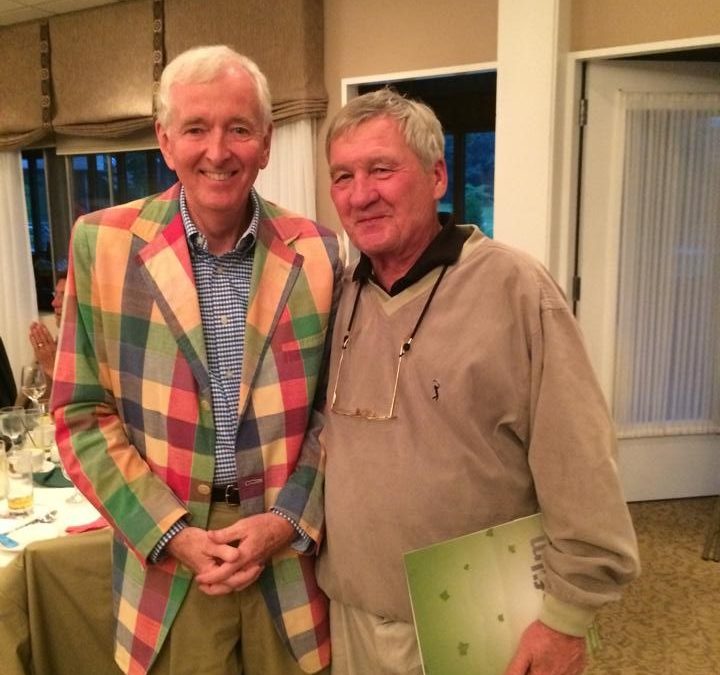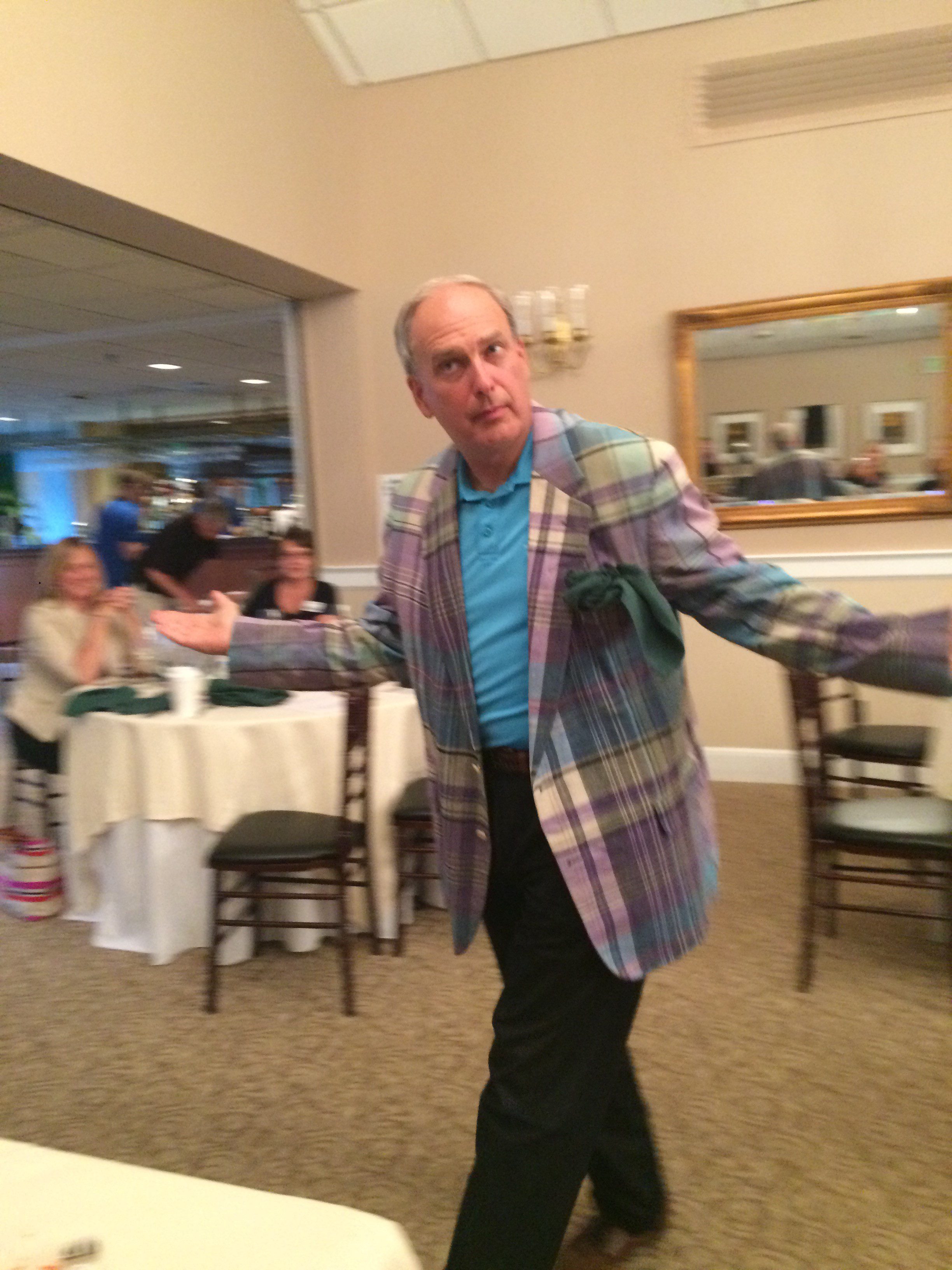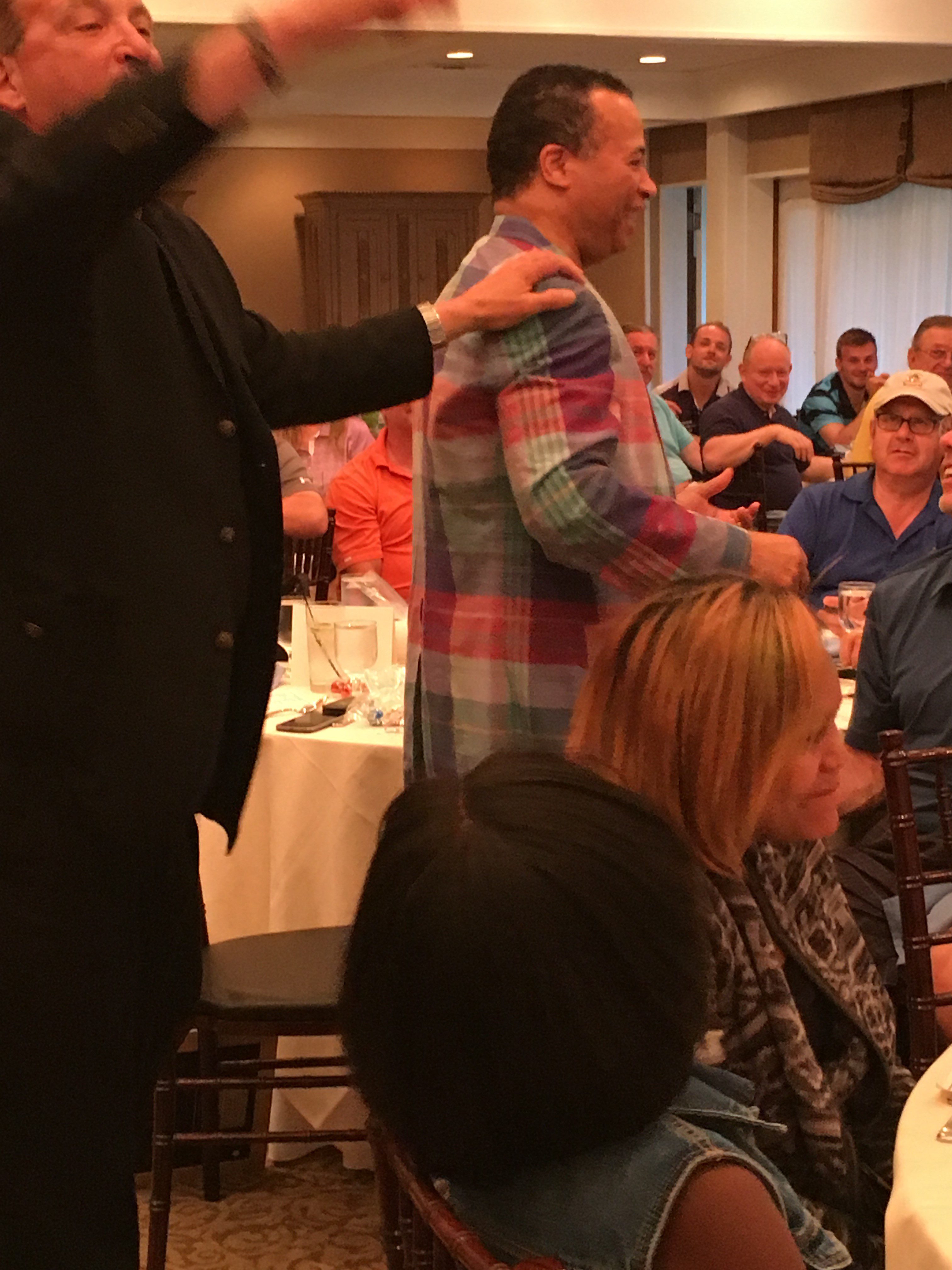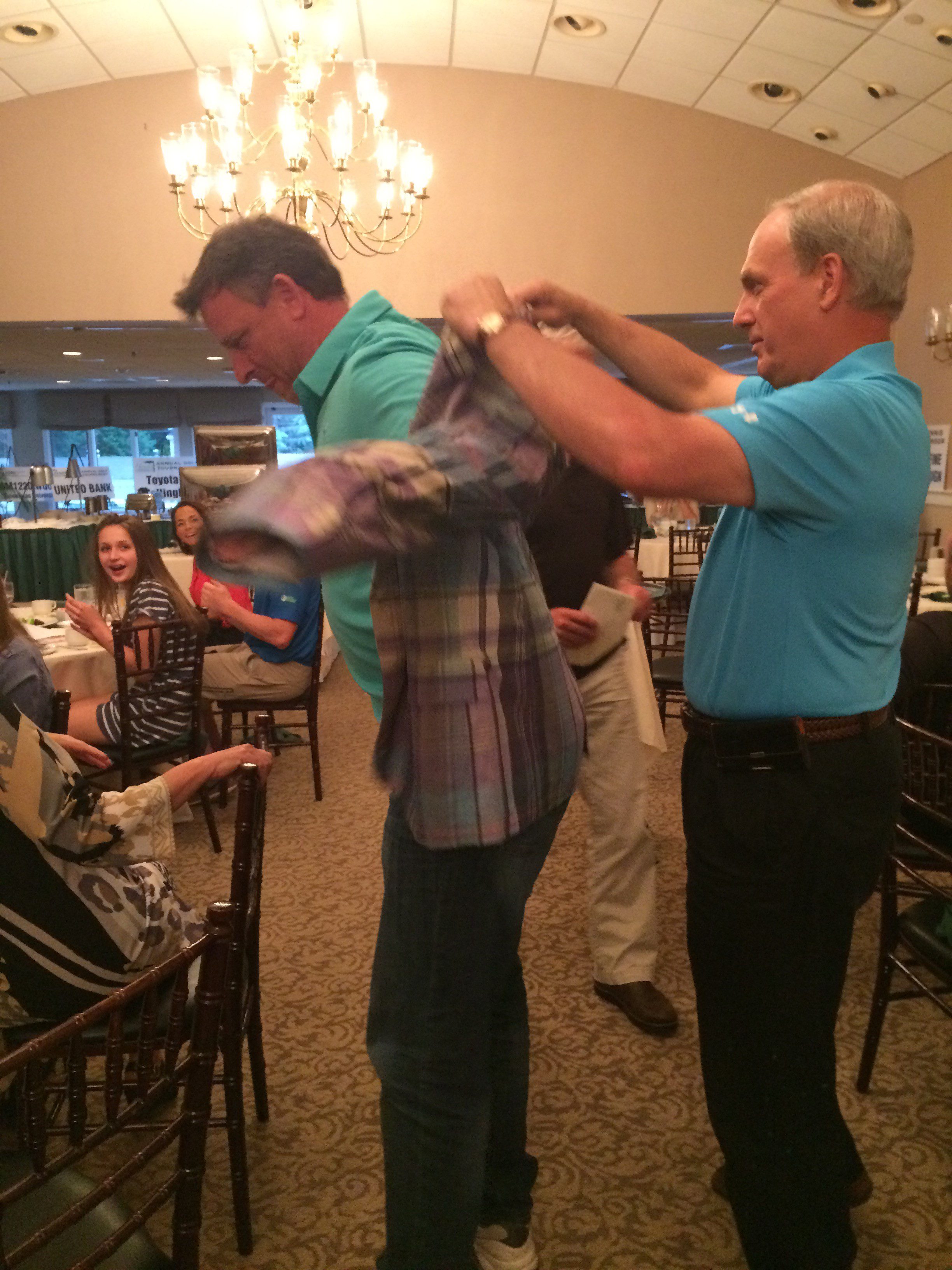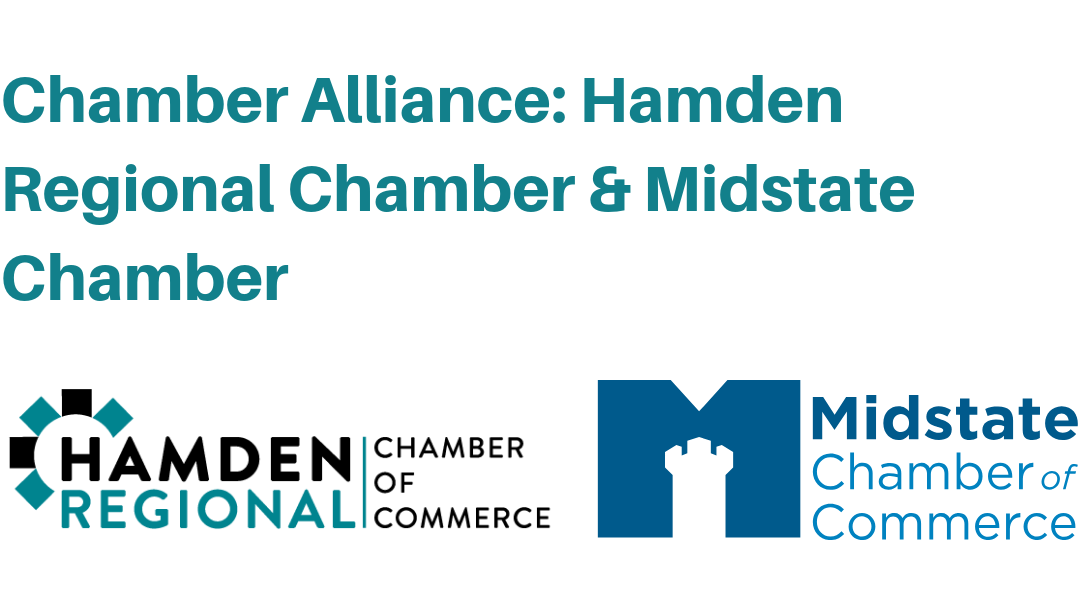
Hamden and Midstate Chamber Alliance
The Midstate Chamber of Commerce and the Hamden Regional Chamber of Commerce are pleased to jointly announce the signing of a Memorandum of Understanding to develop a Chamber Alliance. This partnership is not a merger but is a deliberate and a concerted effort to best support individual chamber members on both a local and a regional basis.
The Midstate Chamber of Commerce and the Hamden Regional Chamber of Commerce announce an agreement to create a Chamber Alliance
The Hamden Regional Chamber of Commerce and the Midstate Chamber of Commerce are pleased to jointly announce the signing of a Memorandum of Understanding to develop a Chamber Alliance. This partnership is not a merger but is a deliberate and a concerted effort to best support individual chamber members on both a local and a regional basis.
The alliance model continues the local chambers by retaining their Boards, Presidents and staff while fostering Alliance Chamber cooperation to best serve our diverse membership bases.
The Alliance model creates an opportunity to best support the small, midsize and larger business. Highlights are:
Continued local focus on local activities and businesses; More opportunities to connect with individuals; Greater outreach to more markets; Many combined events and activities; Increased political voice and influence; More face to face opportunities to grow our businesses; Larger geographic area to work in.
The Alliance creates a framework for individual chamber control, through the boards of directors and staff, and regional cooperation at the Alliance Board level. The benefit to the chamber members is the opportunity to connect with twice the membership base and at the “member only” rate.
Combined educational and networking events would include Governor’s Breakfasts, Business After Hours, Legislative Agendas, social activities and more.
Sean W. Moore, outgoing President of the Midstate Chamber offered “I am very excited about the enthusiasm from the Boards of Directors and the Transition Teams from both chambers. We have made amazing strides in the past few weeks and I am encouraged that it is the best model for the Chamber members of the Alliance Chambers.”
Interim President of the Midstate Chamber, Rosanne P. Ford noted, “This is a model built for success and the opportunities that it will bring for members of both chambers are beyond limits. We look forward to working with the Hamden Regional Chamber with the goal of continued growth in terms of members, programs, services and activities.”
“I’m excited to bring this new model to the chamber industry and to our respective Chambers” said Nancy Dudchik, President of the Hamden Regional Chamber. “It’s an innovative approach that puts our members first and offers them increased opportunities for broader reach in new market territories. We have always had a great working relationship with the Midstate Chamber and now this alliance will work in the best interest of both our organizations and for the future.”
Art Erickson, Beecher & Bennett Funeral Home which has locations in both Hamden and Meriden said, “As a longtime member of both the Hamden and Midstate Chambers of Commerce, and having worked closely with the leadership of both organizations, I believe this is a great opportunity to work together to share our resources for the greater benefit of the membership.”
It is anticipated that the Alliance could be formed as soon as October 31, 2019.
The Chamber Alliance will have a combined membership of over 950 chamber members.
About the Partners: The Hamden Regional Chamber has been one of the region’s powerful economic drivers for more than 90 years. Founded in 1925, the Hamden Regional Chamber of Commerce, now has more than 400 members and growing. The Chamber is an inclusive culture of “pay it forward” business professionals that nurtures and supports our diverse business community in Hamden and all our surrounding towns.
The Midstate Chamber of Commerce, with its headquarters located in Meriden, Connecticut was founded in 1896, and is the leading business membership organization in the mid-state Connecticut region with over 550 active members. The mission of the Chamber is to Advocate for, Promote, Educate and Connect our members and communities.
Contacts:
Nancy Dudchik, President of the Hamden Regional Chamber of Commerce – (203) 288-6431
Rosanne Ford, interim President of the Midstate Chamber of Commerce – (203) 235-7901
Steve Diaz, Chairman of the Board of the Hamden Regional Chamber Board of Directors – 203-906-2803
Nathaniel Bottone –Chairman of the Midstate Chamber Board of Directors – (203) 630-0181
Richard Pendred, Immediate Past Chairman of the Midstate Chamber Board – (860) 343-7087
Ian Williams, Vice Chairman of the Hamden Regional Chamber of Commerce – (203)-530-1786



